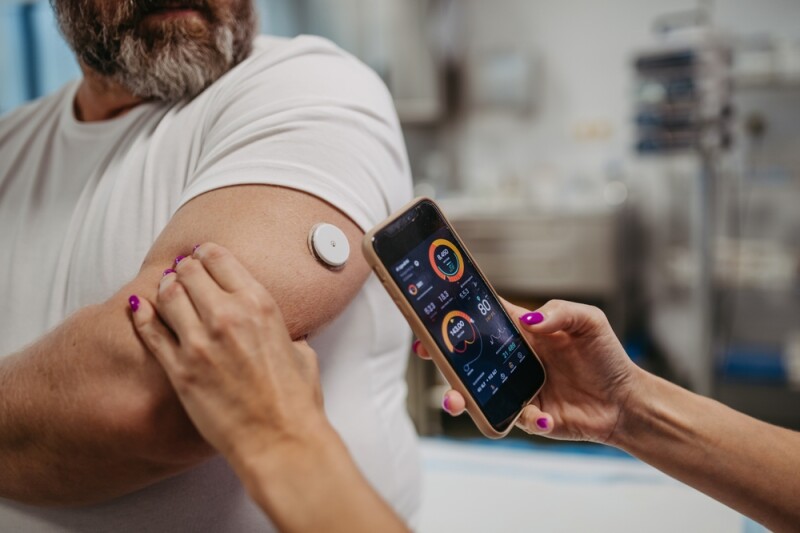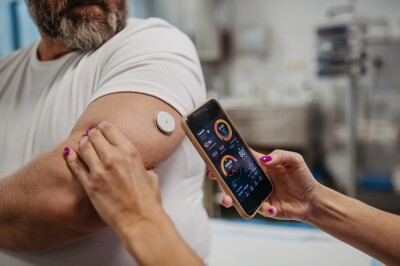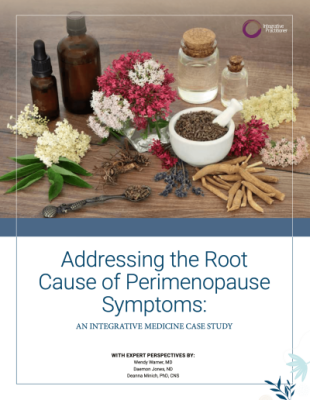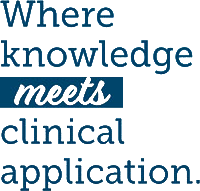Partners
Discover additional content and educational opportunities from some of the top organizations in the field of integrative health and medicine. These educational partners will provide you with critical information to move your practice forward with webinars, whitepapers, articles and more. Please browse the following pages to view the content and educational opportunities provided by each of our partners.
Diagnostic Solutions Laboratory is committed to serving the clinical needs of the health care provider with cutting-edge laboratory medicine by utilizing proven methodologies that are accurate and reliable.
Kaneka Nutrients has been the world’s premier supplier of CoQ10 ingredients for over 30 years and supported hundreds of CoQ10 clinical research studies at universities and hospitals around the globe.
Founded by Dr. Christopher Shade, Quicksilver Scientific, Inc. is a leading manufacturer of premium nutraceuticals. Our mission: combine nature's nutrients with innovative science to empower people’s health journey.

























SHARE